Pasta In Bolognese Sauce Just Like In Italy
Watch me make the dish on our YouTube channel
You can watch a video of me cooking the recipe of bolognese sauce on our Youtube channel.
I must apologize, but the video is not in English but has a caption in English. here is the link to the video: Pasta Bolognese
Pasta bolognese Probably the most favorite pasta
If you ask a kid (or an adult) what kind of pasta they want to eat, the answer will probably be a bolognese sauce, spaghetti bolognese, or pasta bolognese.
The reason is obvious. It is a winning combination of tastes—pasta with sweet-sour tomato sauce, combined with ground meat that has been cooked for hours.
A real treat is a full meal.
the NORTHERN Italian kitchen
In its Italian name, “Ragu bolognese,” Bolognese sauce is a sauce for pasta that origin is from Bolognia in north Italy.
The sauce is made from ground meat, tomatoes, and red wine cooked together for a long time. This is why they call the dish ragu bolognese – since the meaning of ragu is a dish of meat and vegetables cooked together for a long time.
MANY RECIPES FOR BOLOGNESE SAUCE
Bolognese sauce is such a popular dish. You can find online a lot of recipes and different ways to make the dish.
Some cook the meat with milk. Some add chicken liver. Some add sausages. Some will swear that the original recipe uses red wine, and some will swear that the original recipe uses white wine.
The reason for that huge amount of recipes is obvious. We talked about a recipe with a tradition that has been cooked for hundreds of years and, over time, got some variations.
My recipe for pasta bolognese is based on my own personal tastes. I have tried many recipes and upgraded them until I have reached a recipe that my family love.
I will offer you some alternative that you can choose to implement them or not, and in that way, you can create your own version of the recipe.
WHAT kind of MEAT TO USE WHEN MAKING BOLOGNESE SAUCE?
In bolognese sauce, we use ground meat, usually beef. Some replace the ground beef or part of it with grounded chicken or pork.
The meat for bolognese can be grounded once or twice.
Meat that has been grounded once will give the bolognese sauce a more rough texture, and meat that has been grounded twice will give the bolognese sauce a more smooth texture.
Since the meat will be cooked for a long time, you can use tender or tough cuts for the grounding.
When I cook bolognese sauce, I use fresh beef meat that has been grounded twice.
BROWNING THE MEAT - Maillard reaction
Browning of meat creates a chemical reaction called the “Maillard reaction”. The reaction is the caramelization of the sugars and amino acids in the meat.
In simple English, the “Maillard reaction” adds flavor to the meat.
This is why I recommend that you brown the meat and not skip this part.
There are two ways to brown the meat:
You can create patties like burgers and brown the meat on a pan before adding the meat to the recipe or brown the meat in a pot.
I believe in browning the meat in the pot.
I place the meat in the pot with some olive oil and brown the meat.
When the meat is browned, I remove it from the pot and continue to saute the vegetables.
Sometimes when I’m lazy, I brown the meat with the vegetables after sauteing them. The difference is minor.
Tomatoes for the bolognese
In the bolognese recipe, you can use fresh tomatoes, canned tomatoes: crushed or diced, tomato puree, or passata (uncooked strained tomato purée).
After many years of using crushed tomatoes, I have discovered passata, uncooked tomato puree, strained seeds, and skins. Since then, there has been no other replacement for me – only passata.
I use passata in the recipe and add some tomato puree in BX 28-30 (concentration), giving the dish a more concentrated tomato taste and sweetness.
WHAT VEGETABLES TO USE FOR BOLOGNESE SAUCE?
Most bolognese recipes use the holly trio known as the Mirepoix: onion, carrots, and celery.
Leek, celery root, or parsley root can also suit the dish.
Remember, it is your dish, so feel free to add whatever you like.
WHAT PASTA GOES WITH BOLOGNESE SAUCE?
Have you ever questioned why pasta has so many different shapes?
The answer is to fit the different types of sauces. The shape of the pasta is set according to the sauce that is served with the pasta.
Long and thin pasta like spaghetti is suited for light sauces based on olive oil like Aglio olio or sauces with small ingredients.
Short pasta like fusilli or farfalle is suited for heavy sauces with a body and large pieces of vegetables or meat in them.
The perfect pasta for bolognese sauce is the tagliatelle – long and broad pasta that can handle the sauce perfectly. This is the pasta that is originally used with the dish.
Another pasta that is great for the bolognese sauce is large shells. The shells turn into small bowls that hold the sauce nicely. You can also use fettuccini, linguini penne, or fusilli.
SPAGHETTI BOLOGNESE
One of the most famous combinations of the bolognese sauce is spaghetti bolognese.
You can get spaghetti bolognese almost everywhere in any cafe or restaurant.
But does the spaghetti suit the bolognese sauce? The answer is no!
The combination is not that successful since the spaghetti can’t hold the heavy bolognese sauce.
Next time you order spaghetti bolognese, check the plate when you’re done eating, and see how much of the sauce is left behind.
So how did this combination of spaghetti and bolognese become so popular?
Italian immigrants who came to NY in the early 1920 weren’t so strict about the tradition and ate spaghetti dishes. As a result, some pasta manufacturers added this recipe to their recipe books, and this combination was born.
Pasta In Bolognese Sauce Just Like In Italy
Pasta In Bolognese Sauce Just Like In Italy
Ingredients
- 1 kg grounded beef
- 1.5 - 2 bottle passata (uncooked strained tomato puree)
- 4 tbsp tomato concentrate BX 28-30 full tbsp
- 2 cups dry red wine
- 4 onion chopped to small dices
- 4 carrots chopped to small dices
- 5 -6 celery stalks chopped to small dice
- 5 -6 cloves of garlic minced
- 1 tsp dried oregano
- 1 tbsp kosher salt
- 2 -3 tbsp sugar
- 4 tbsp olive oil
- 12 - 15 leaves basil
Instructions
-
Chop the carrots and onions to 1X1 cm dices.
Chop the celery to 0.5X0.5 cm dices.
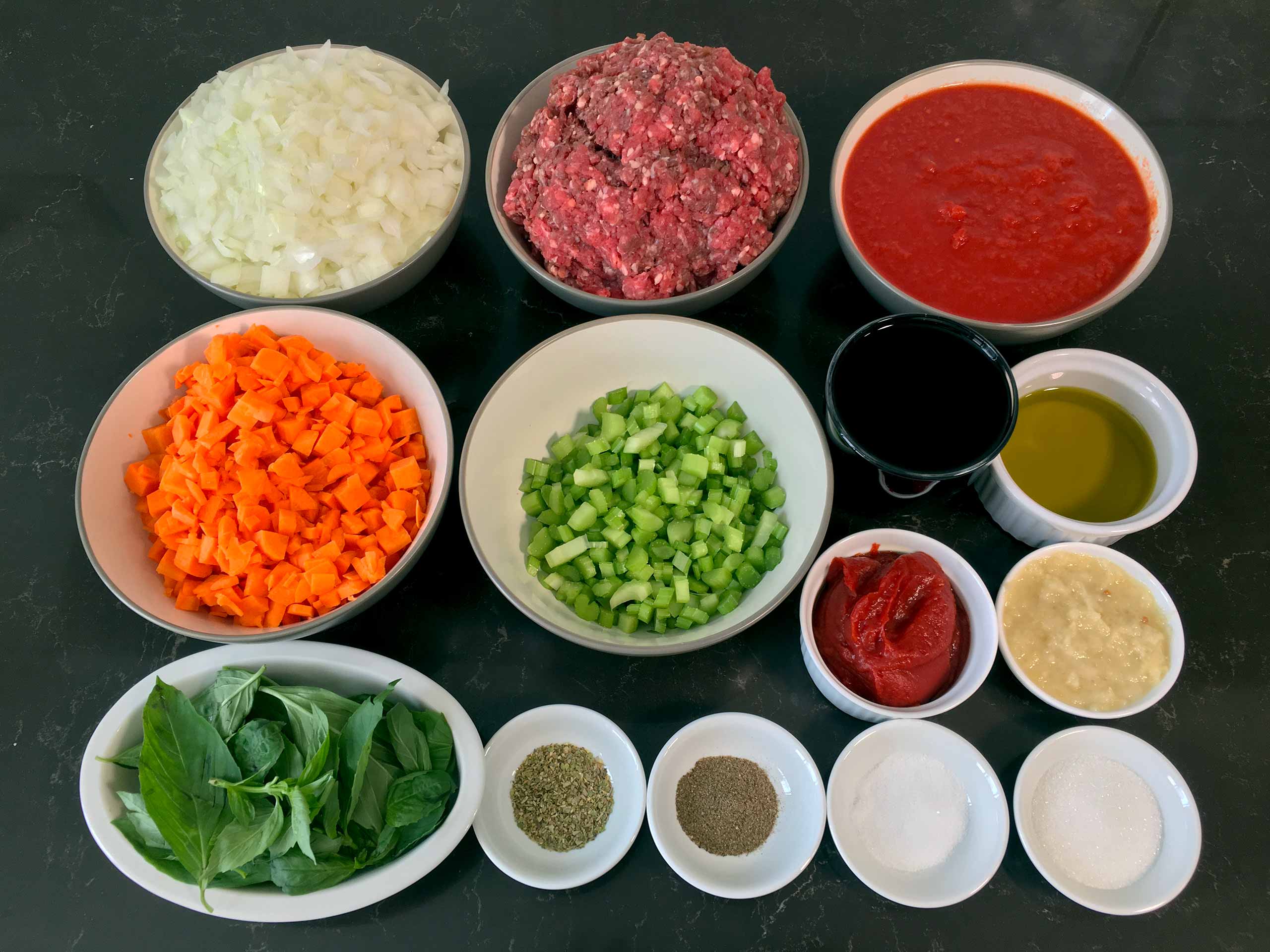
-
Heat the olive oil in a pot.
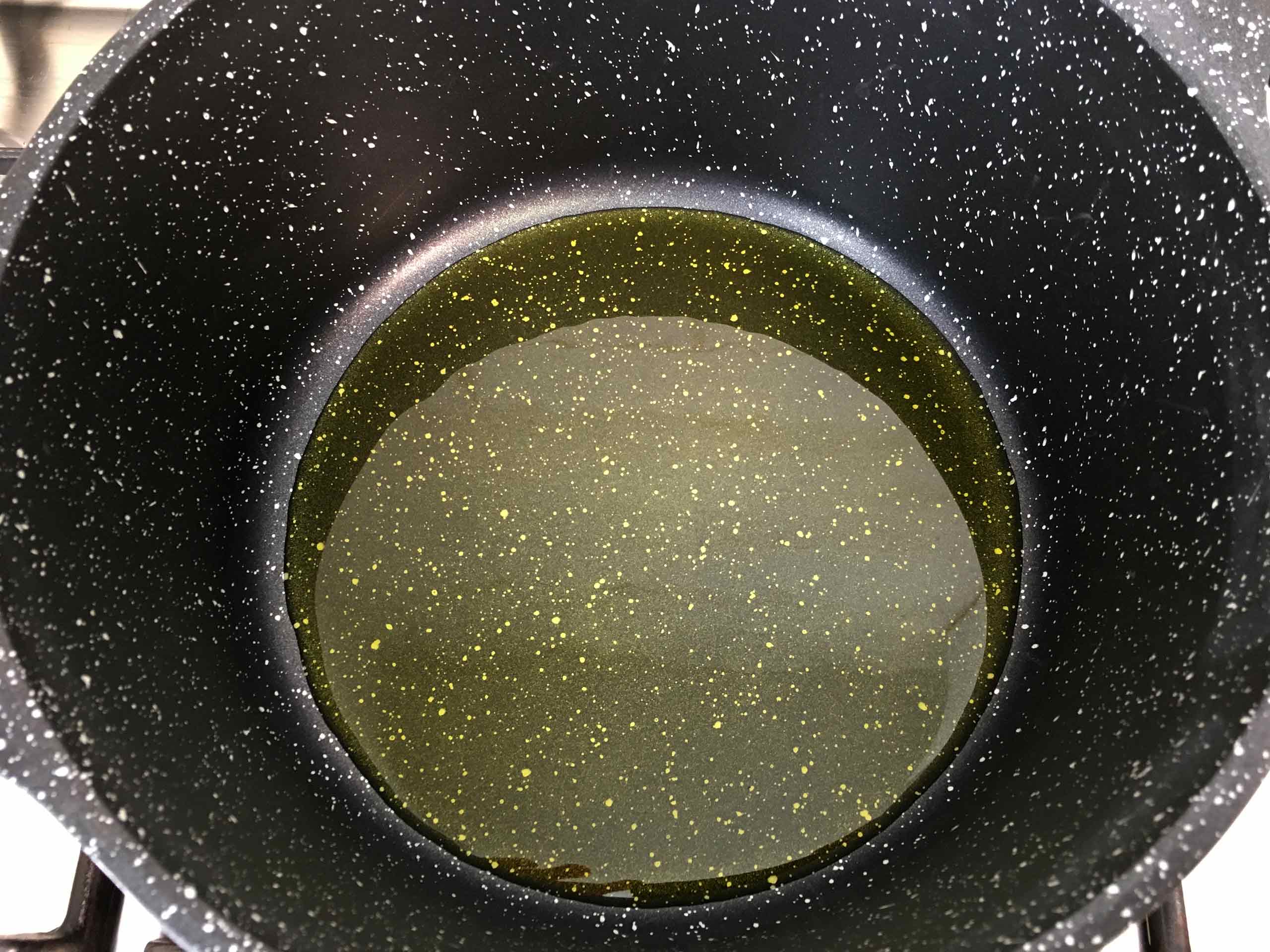
-
Add the meat and brown it.
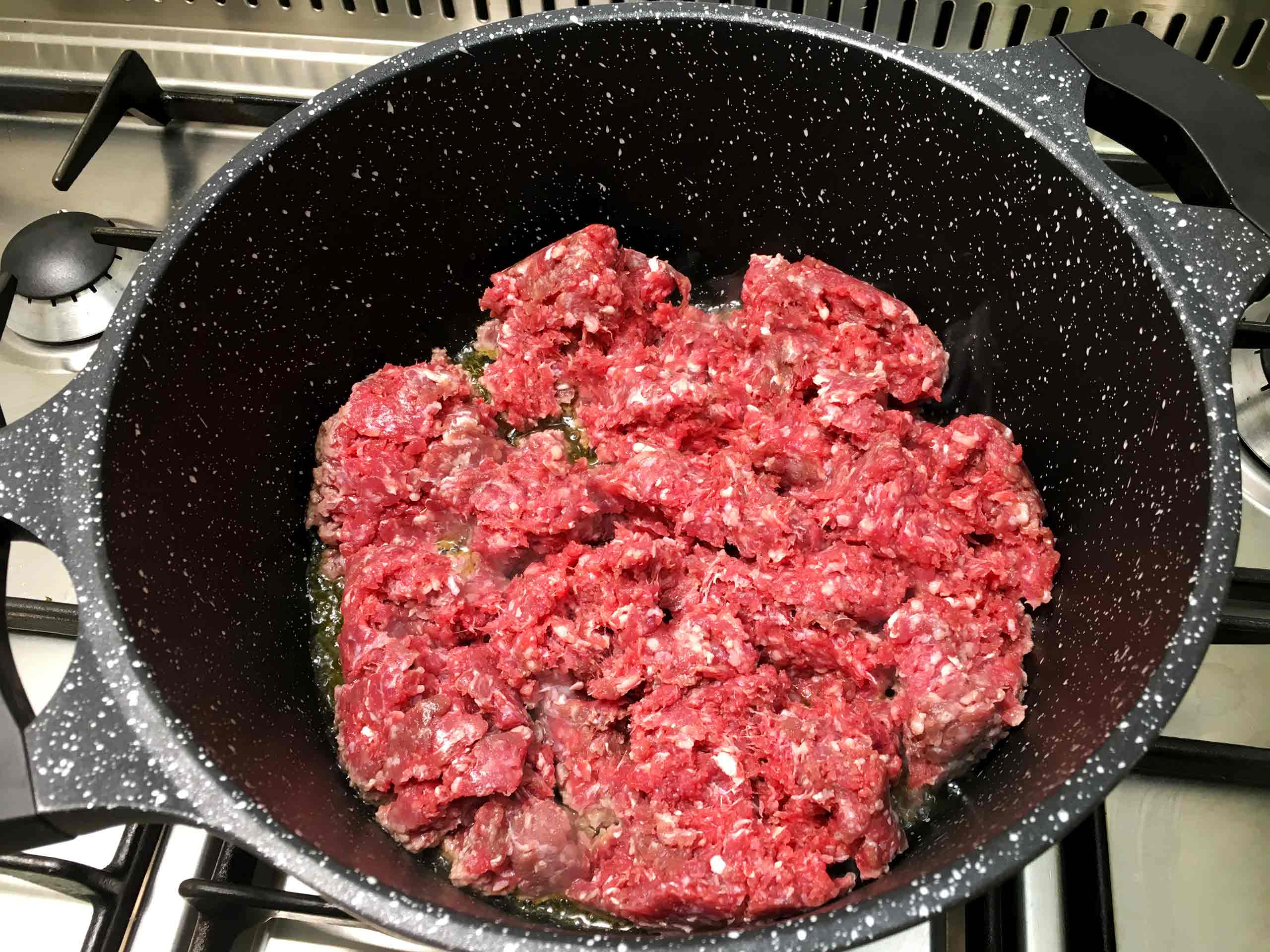
-
In the browning process, the meat might release some fluids. it's ok. keep on browning the meat until the meat is brown and all the liquid evaporates.
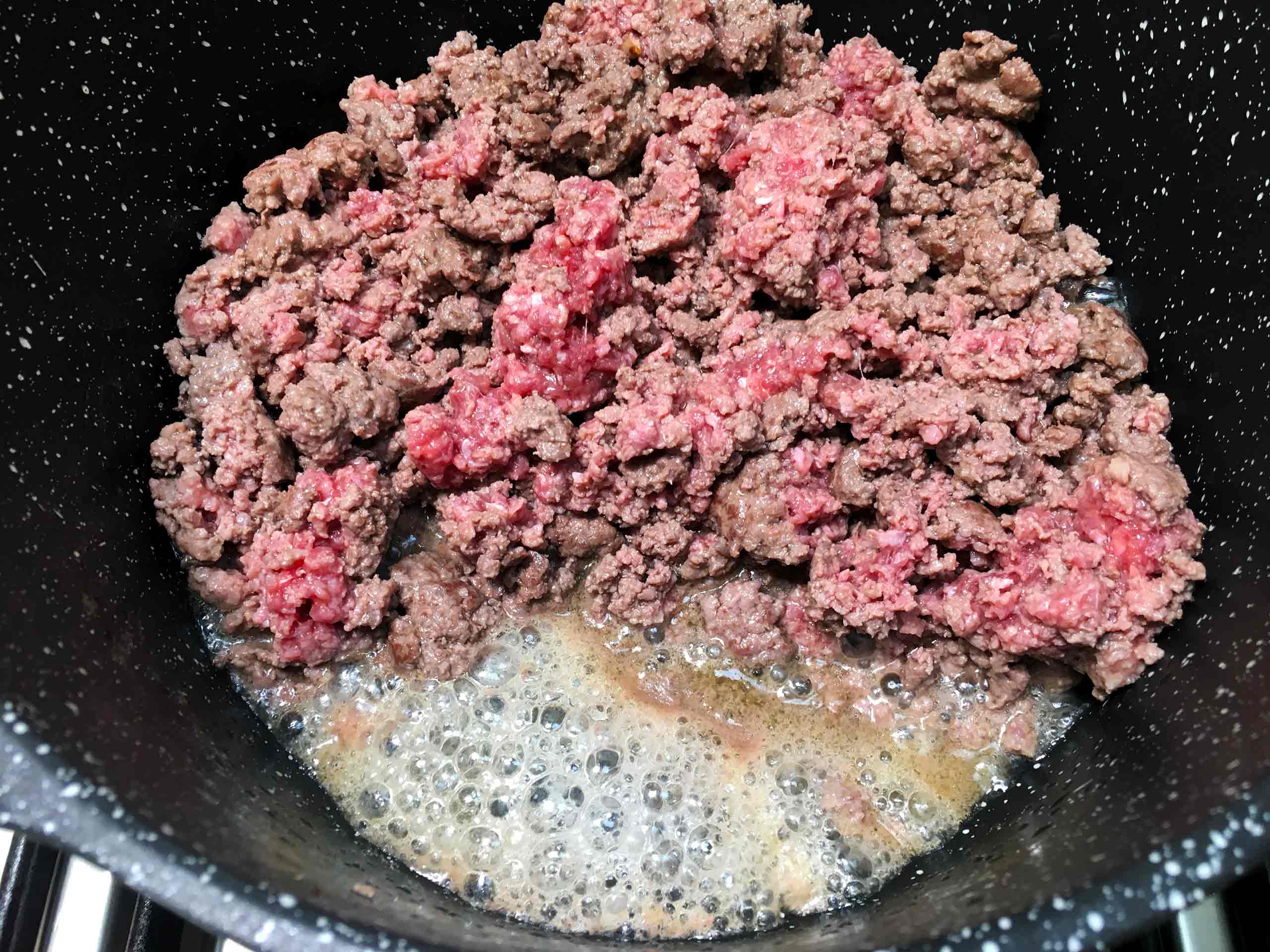
-
When the meat is nicely brown, around 10 minutes, remove it from the pot.
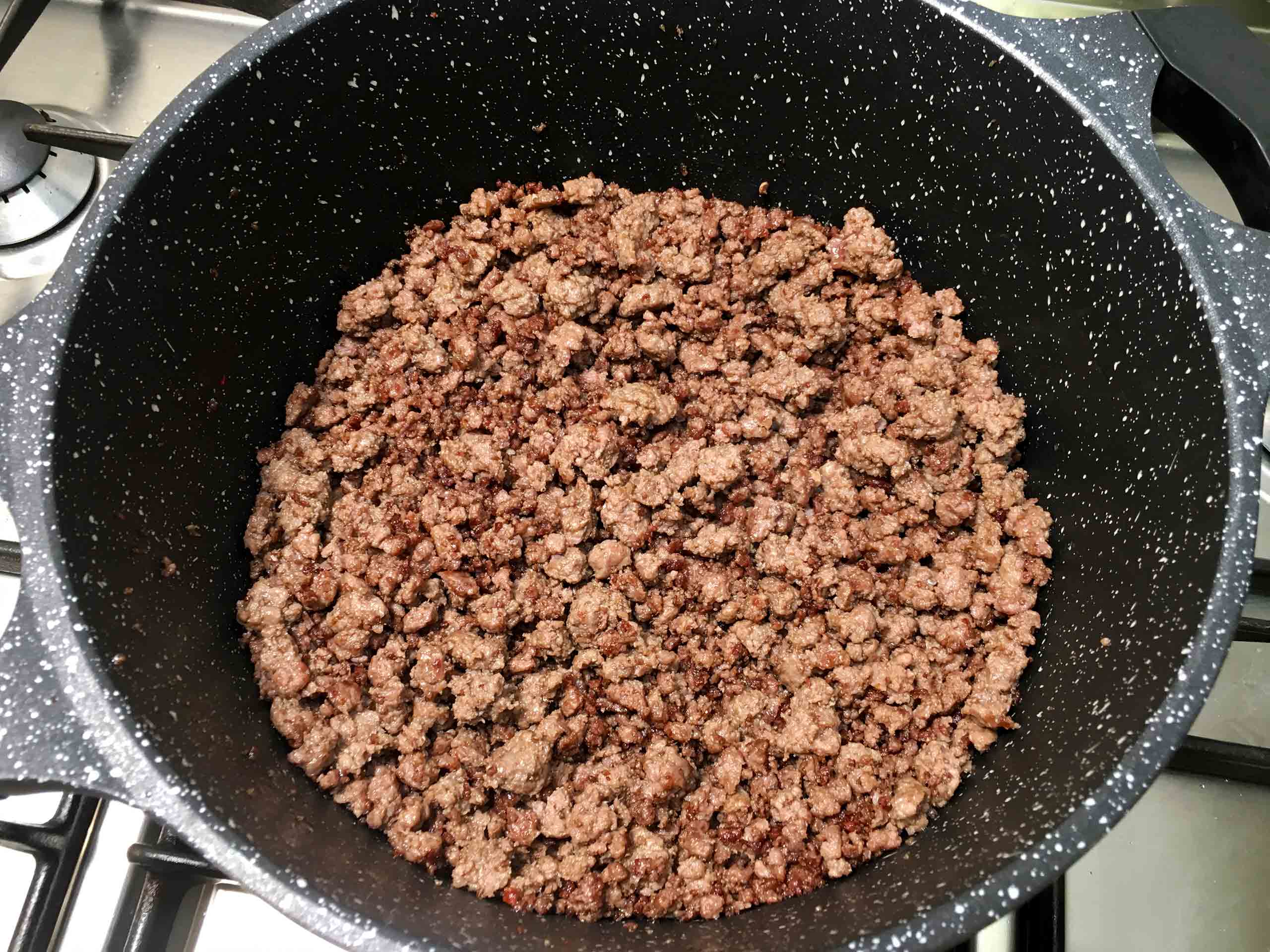
-
Add a bit of olive oil and let it heat.
Add the onion, carrot, and the celery to the pot and saute them until partially soft about 10 minutes. don't let the vegetables to get brown.
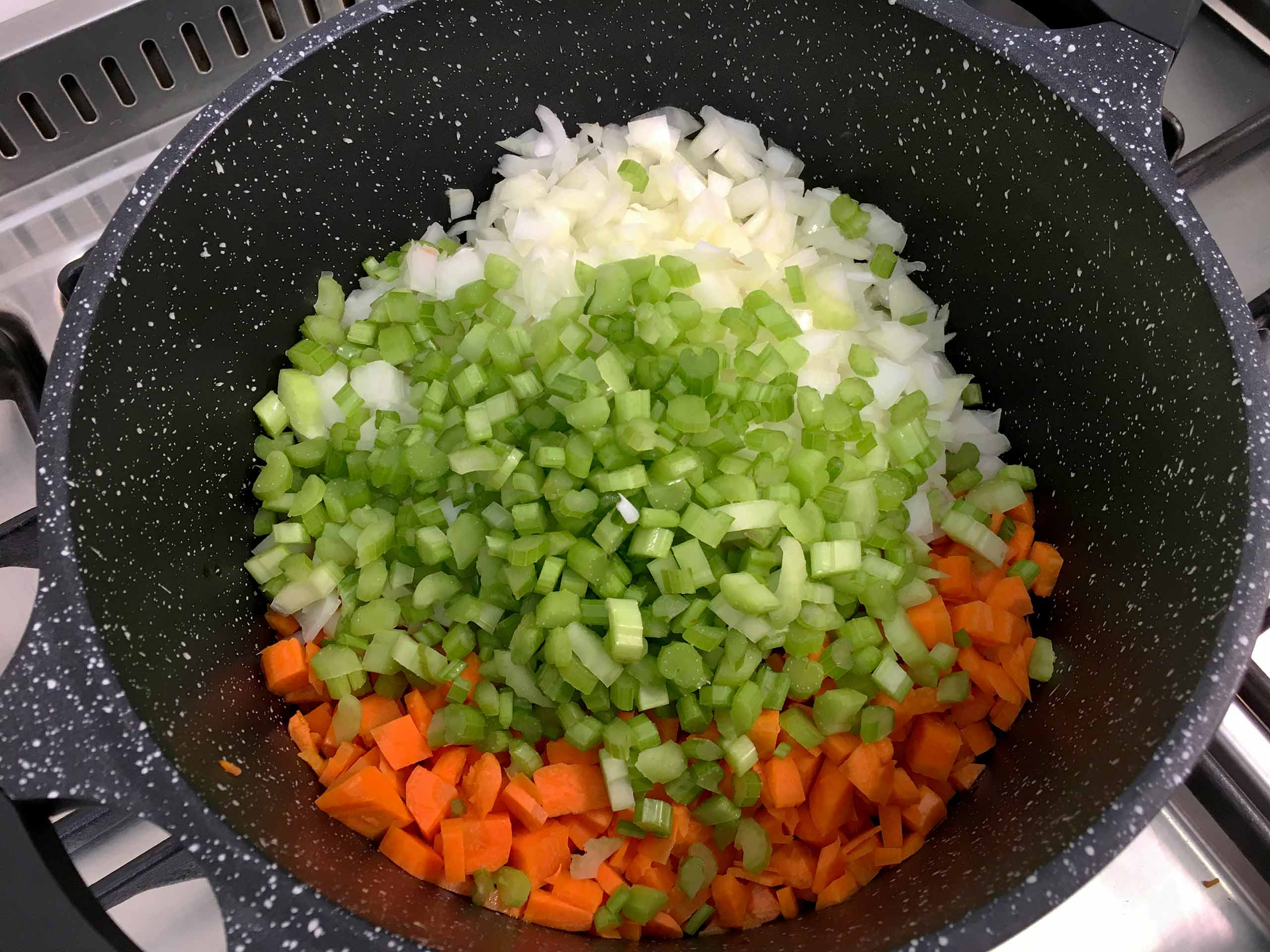
-
Add the garlic and let it saute for 2 more minutes.

-
Return the meat to the pot and add the passata. Stir well.
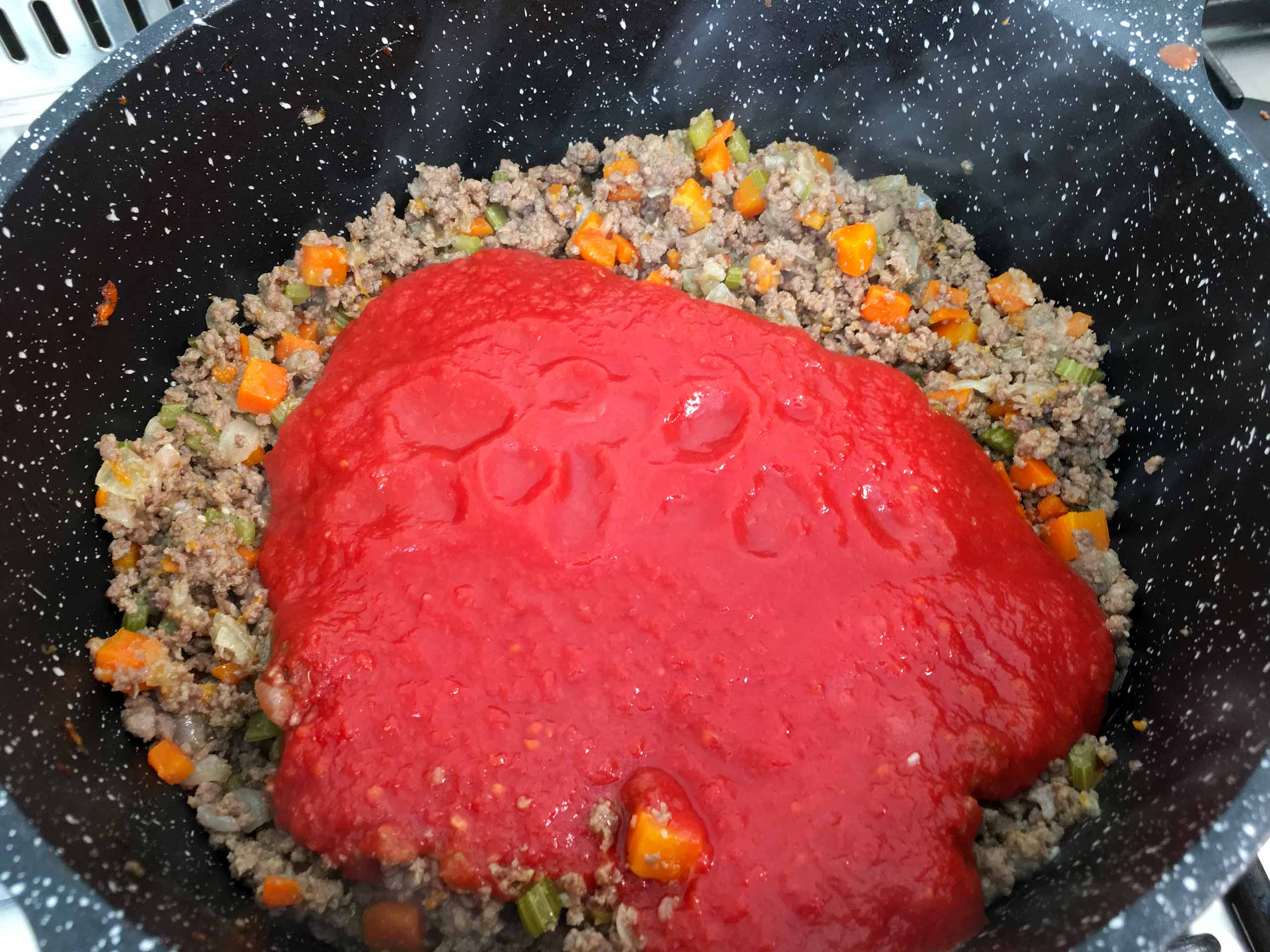
-
Add the oregano, salt, black pepper and sugar to the pot and stir.
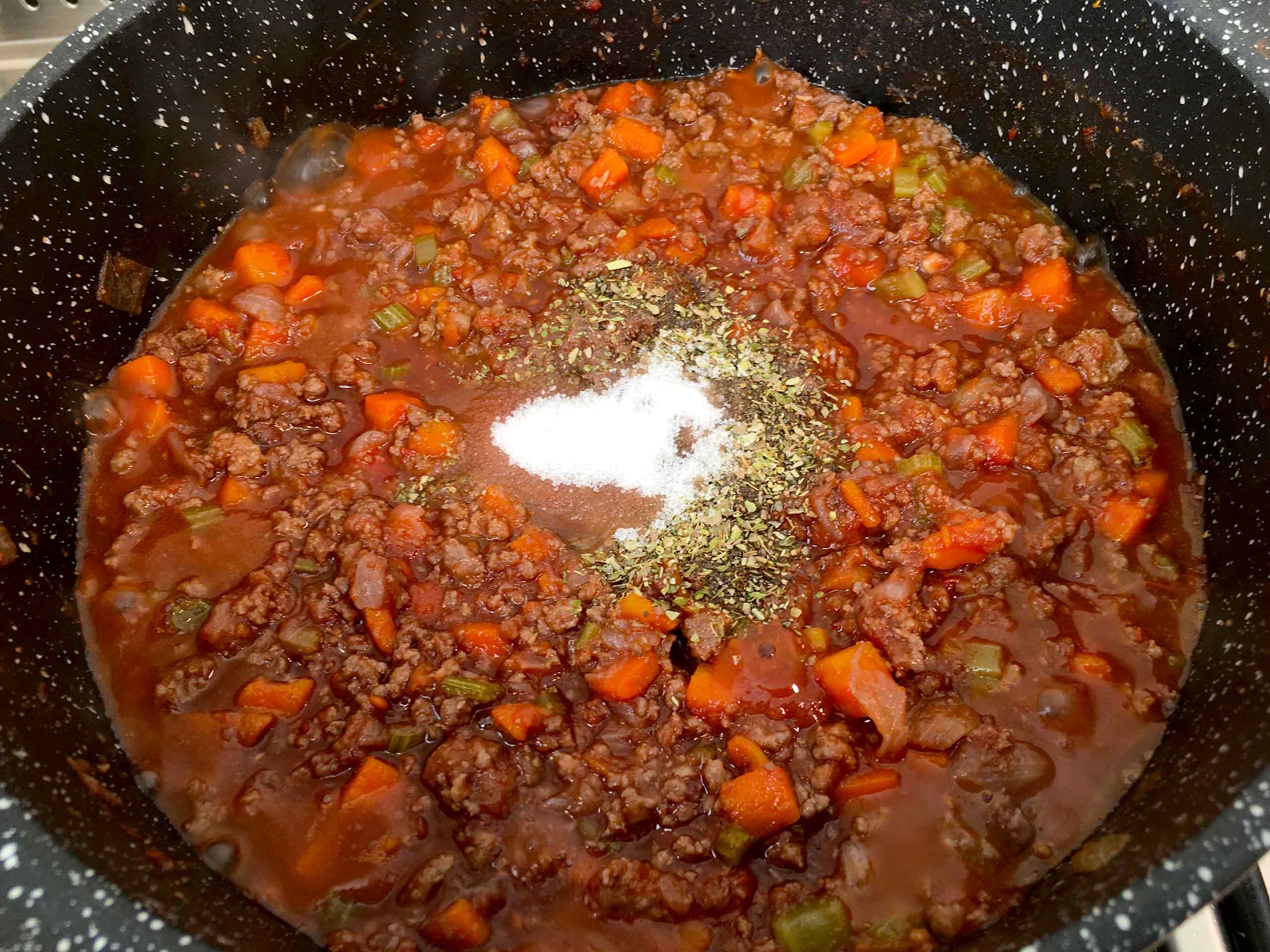
-
Add the tomato concentrate and the wine and stir well.
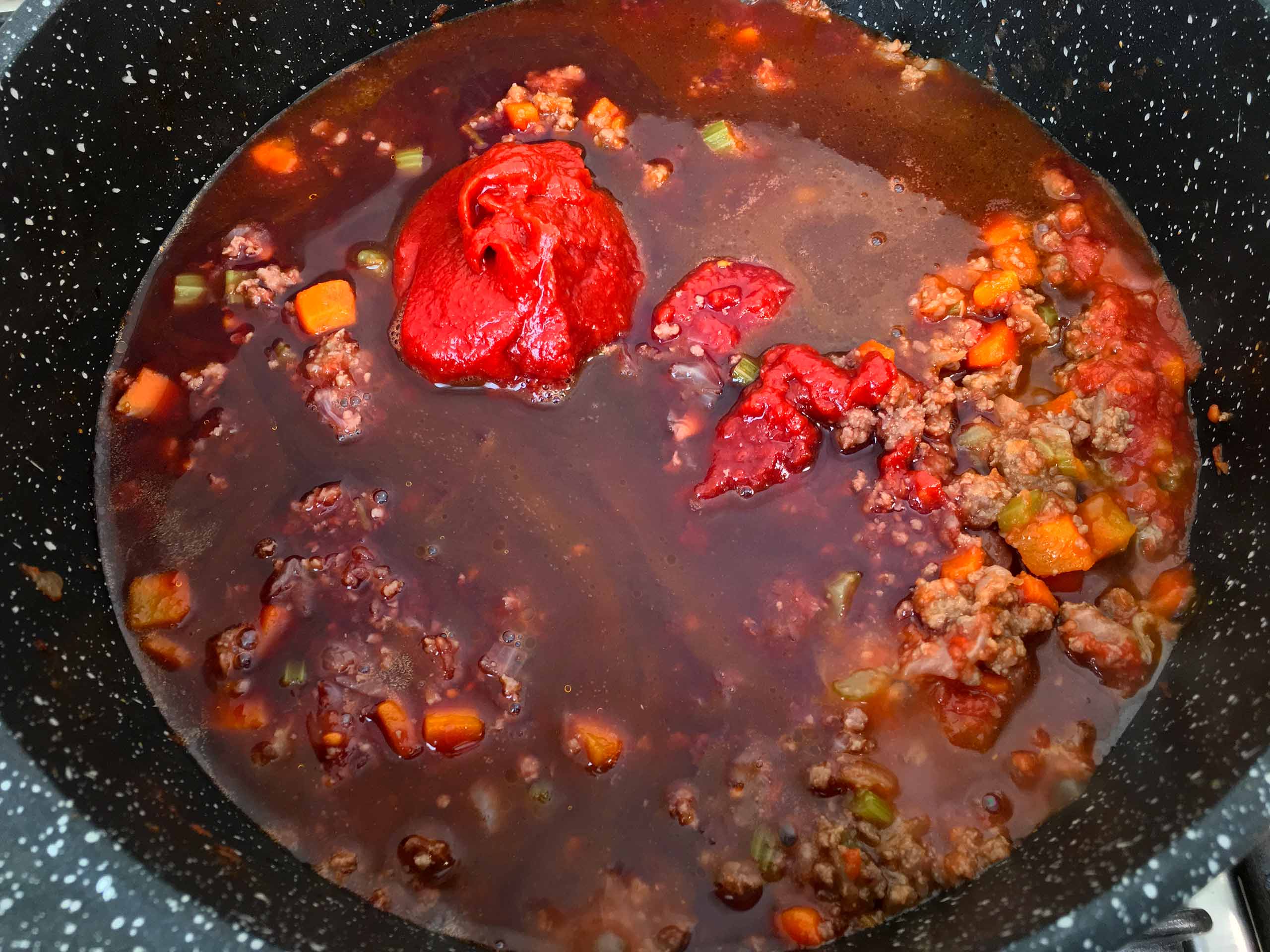
-
Cook the bolognese sauce on small simmer for 2.5 hours. the sauce will reduce its volume over that time. don't forget to stir the bolognese sauce from time to time and scrape the bottom of the pot well to avoid the sauce from sticking to the bottom of the pot and burning.
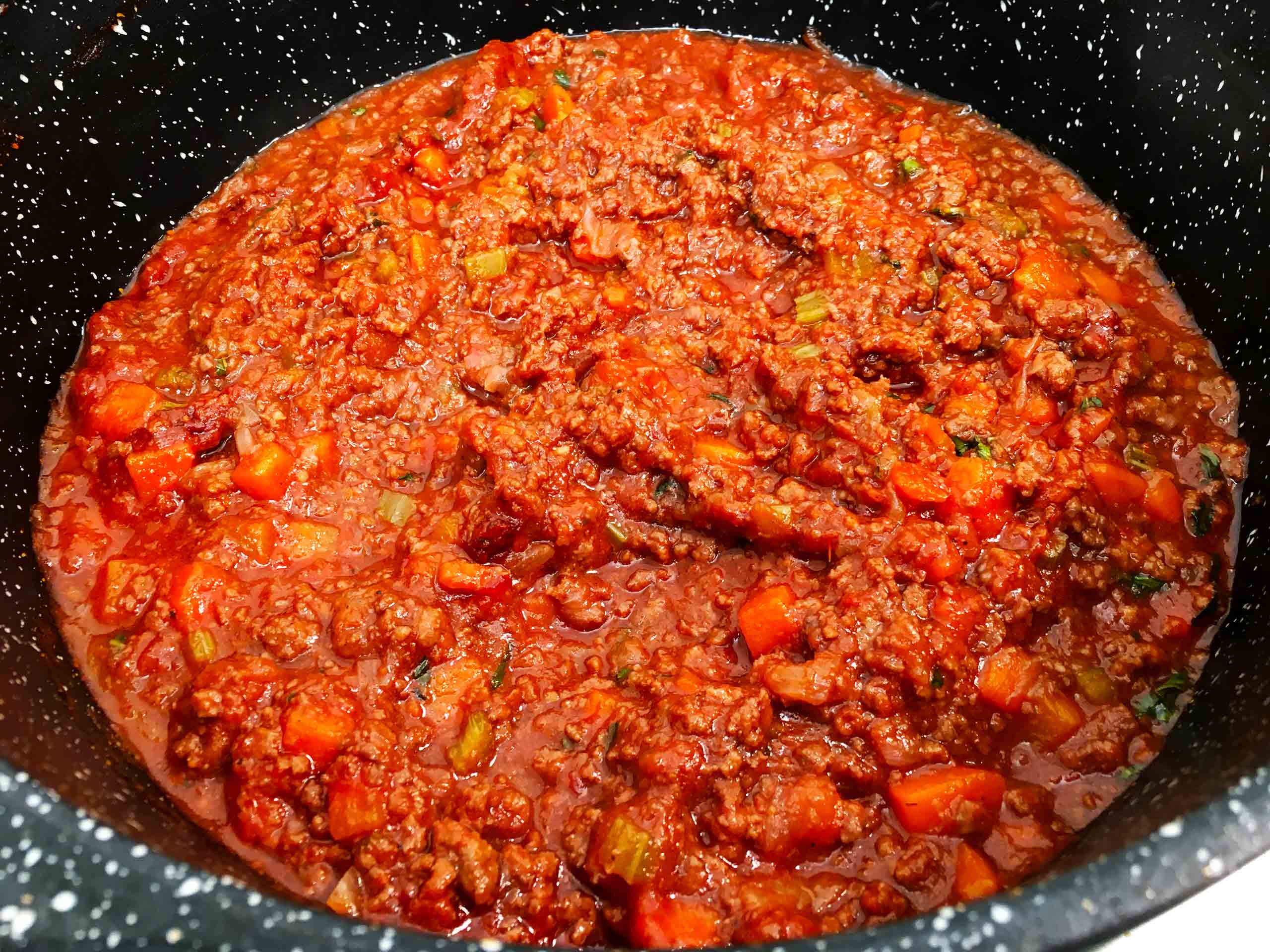
-
After 2 hours, about 30 minutes before the end of the cooking time. chope some fresh basil into small strips. the best way to do so is to lay the basil leaves one on top of the other and chop them.
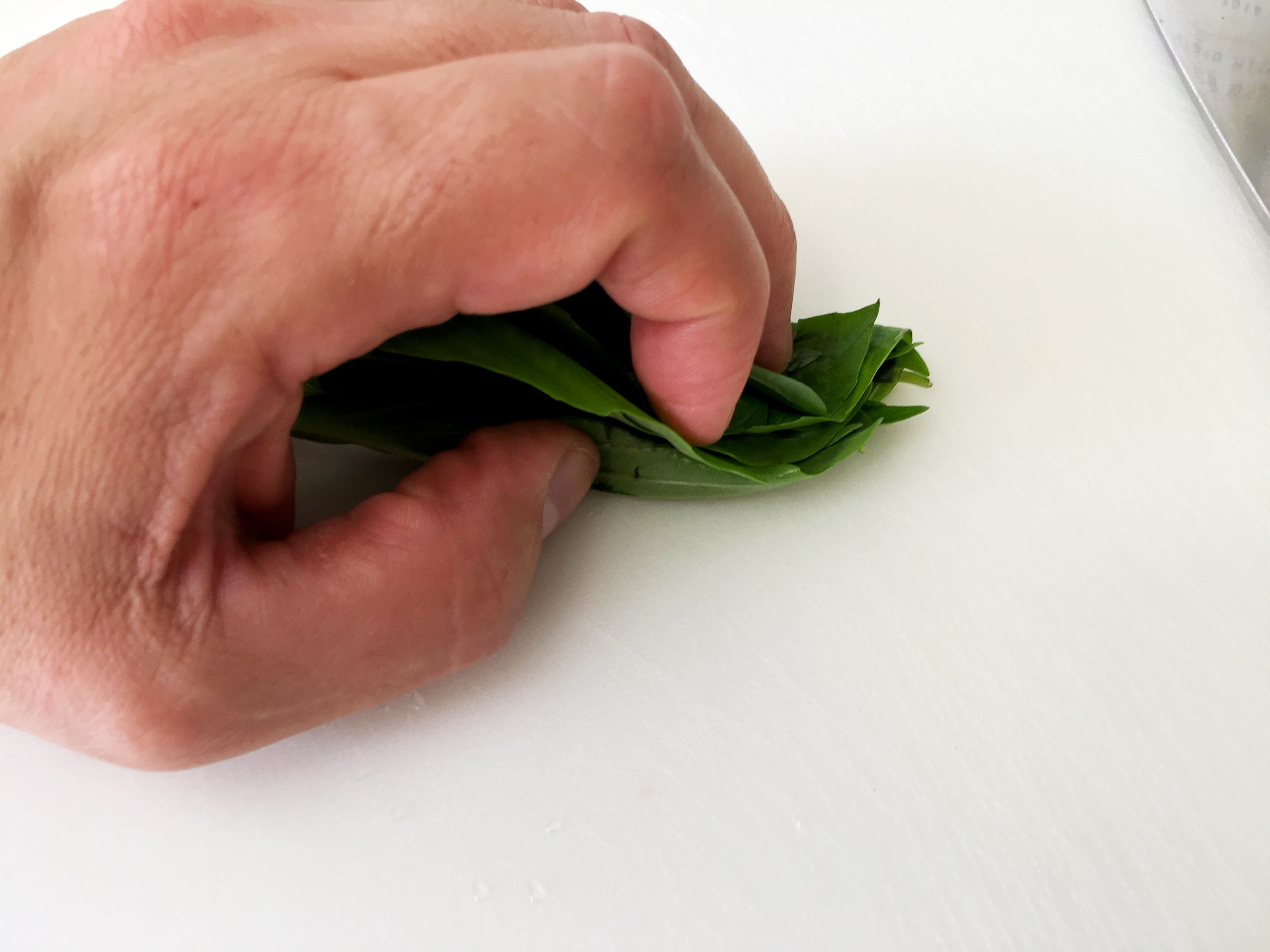
-
After 2.5 hours of cooking the bolognese sauce is ready.
Serve the bolognese sauce with pasta.
The perfect pasta for bolognese sauce is the tagliatelle - long and broad pasta that can handle the sauce perfectly. this is the pasta that is originally used with the dish.
Another pasta that is great for the bolognese sauce is large shells. the shells turn into small bowls that hold the sauce nicely. you can also use fettuccini, linguini penna or fusilli.
And if you really feel like it, just go ahead and eat it with spaghetti. it's your dish!
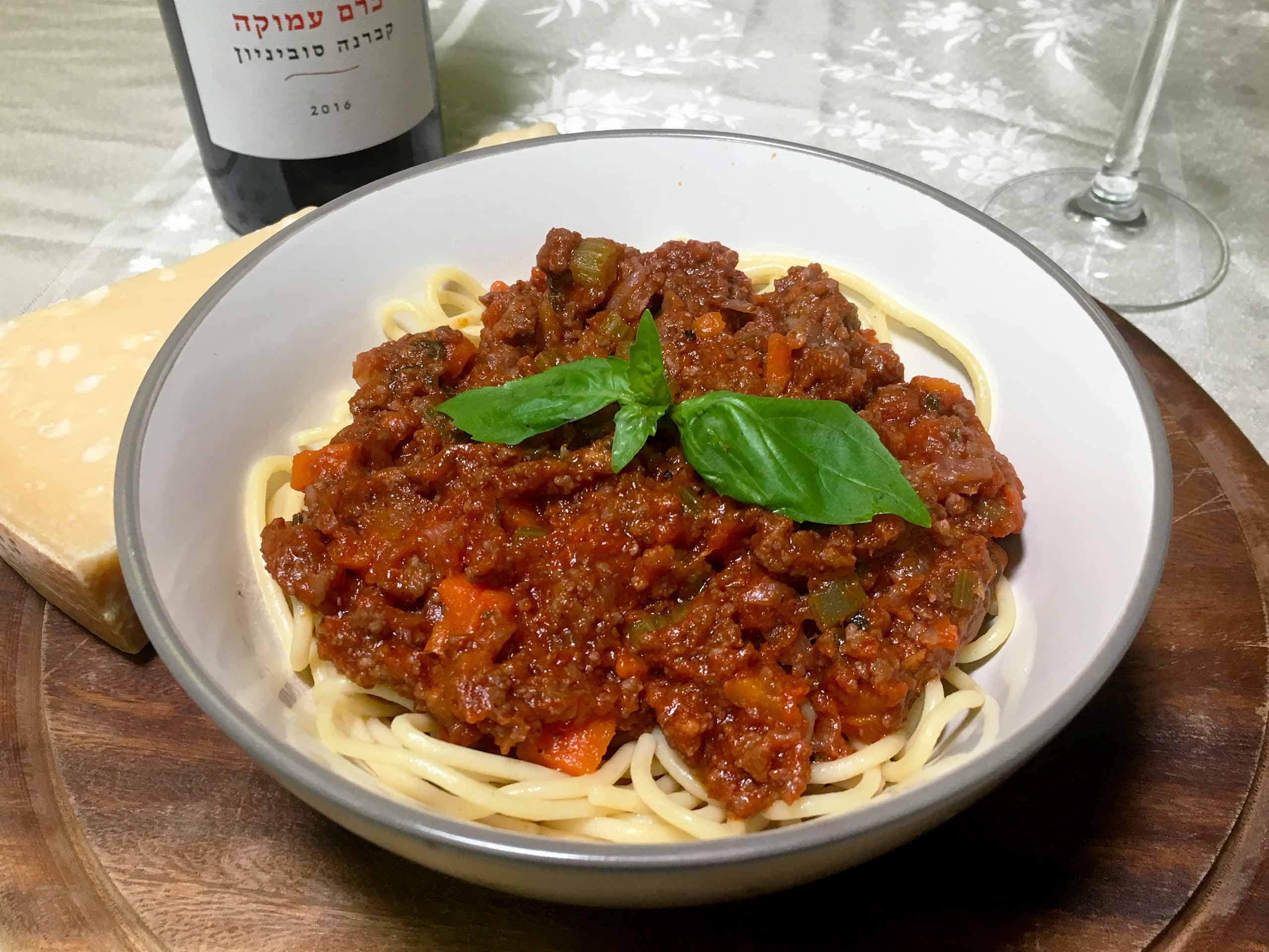

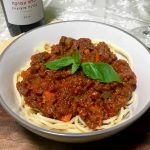

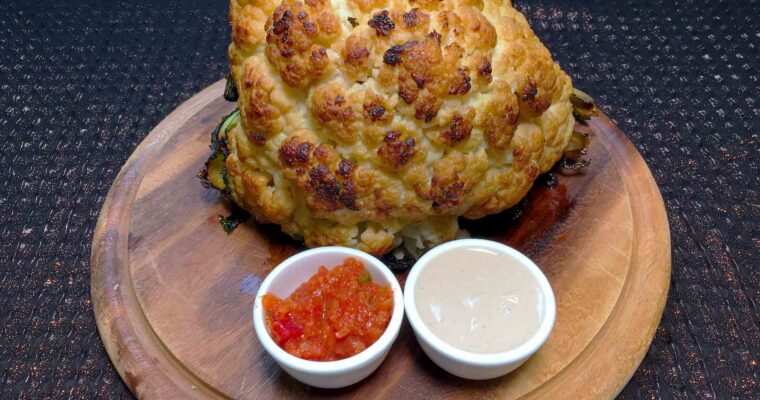

This was the best instruction for a recipe. I enjoyed the step by step with beautiful photos very much. I am a visual learner and this was very helpful to me. I don’t make mistakes this way. Thank you.
Thanks, Keren, for the kind words.